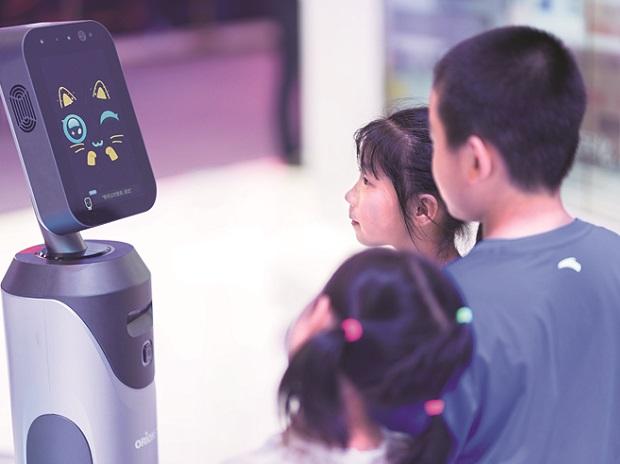US analysts of government investment in science and technology (S&T) report that China has taken the lead in highly regarded scientific research in cutting-edge technologies such as artificial intelligence (AI).
“Chinese scholars now publish a larger fraction of the top 1 per cent most-cited scientific papers globally than scientists from any other country,” said Caroline Wagner, a US policy expert who studies government investment in S&T.
China’s sprint to the top began in 1977, when the science-minded Deng Xiaoping, who succeeded Mao Zedong, introduced the Four Modernisations. One of these was to strengthen China’s progress in S&T.
Until as recently as 2000, the US continued to produce many times the number of scientific papers each year as China did. However, in the past two decades of investing funds in indigenous research and shifting emphasis to high-technology (tech) manufacturing, China is emphatically at the top.
In 2017, for the first time, Chinese scholars published more scientific papers than American researchers. In 2022, Chinese researchers published three times as many papers on AI as US researchers.
“Since 2000, China has sent an estimated 5.2 million students and scholars to study abroad. The majority of them studied science or engineering,” says Wagner.
Currently, China trails only the US in national expenditure on S&T. Chinese universities, which have improved dramatically in recent years, now produce the world’s largest number of engineering PhDs each year.
As Chinese scientific power first began growing, the academic community in America and Europe dismissed Chinese research as low quality and imitative. However, an analysis of citations revealed otherwise.
A citation means the referencing or citing of an academic paper by another paper. The greater the number of times a paper has been cited, the more influential it can be regarded. By that logic, the top 1 per cent of the most-cited papers could be considered to represent the upper echelons of S&T.
Wagner and her research team counted the number of papers each country had in the top 1 per cent each year, measured by the number of citations it had received in various disciplines.
In 2019, China topped the list, with 8,422 articles in the most-cited 1 per cent. The US followed with 7,959 articles and the European Union had 6,074.
“…in the top 1 per cent, most-cited AI research, Chinese papers outnumbered the US papers by a 2:1 ratio… China also led in nanoscience, chemistry, and transportation,” reported Wagner.
The study also looked at the mix of disciplines referenced in the papers. The more diverse and varied the referenced research in a single paper, the more interdisciplinary and novel the work was regarded as. Chinese research was found to be as innovative as the other top-performing countries.
China is not just an imitator but is a scientific power on a par with the US and Europe. To support US tech firms in countering China’s scientific growth, President Joe Biden signed the CHIPS and Science Act into law on August 9.
Note:- (Not all news on the site expresses the point of view of the site, but we transmit this news automatically and translate it through programmatic technology on the site and not from a human editor. The content is auto-generated from a syndicated feed.))




Having read this I believed it was rather informative.
I appreciate you finding the time and effort to put this information together.
I once again find myself personally spending way too much time both
reading and commenting. But so what, it was still worthwhile!
Also visit my blog … why not try here